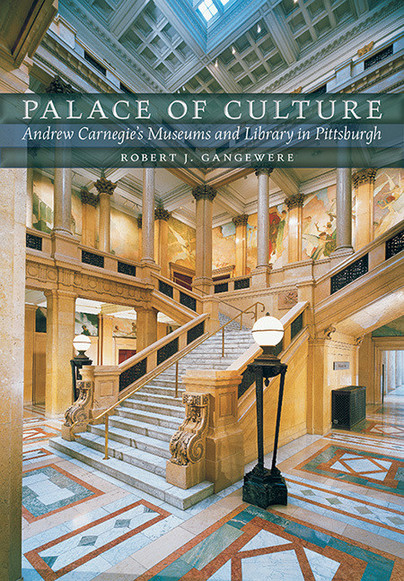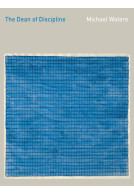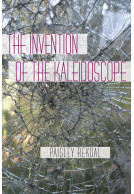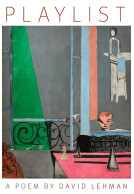Google Books previews are unavailable because you have chosen to turn off third party cookies for enhanced content. Visit our cookies page to review your cookie settings.
Palace of Culture (Paperback)
Andrew Carnegie's Museums and Library in Pittsburgh
Imprint: University of Pittsburgh Press
Pages: 360
ISBN: 9780822962854
Published: 15th November 2013
Script Academic & Professional
Pages: 360
ISBN: 9780822962854
Published: 15th November 2013
Script Academic & Professional
This book will be reprinted and your order will be released in due course.
You'll be £33.00 closer to your next £10.00 credit when you purchase Palace of Culture. What's this?
+£4.99 UK Delivery or free UK delivery if order is over £40
(click here for international delivery rates)
Order within the next 51 minutes to get your order processed the next working day!
Need a currency converter? Check XE.com for live rates
(click here for international delivery rates)
Order within the next 51 minutes to get your order processed the next working day!
Need a currency converter? Check XE.com for live rates
Andrew Carnegie is remembered as one of the worldÆs great philanthropists. As a boy, he witnessed the benevolence of a businessman who lent his personal book collection to laborerÆs apprentices. That early experience inspired Carnegie to create the \u201cFree to the People\u201d Carnegie Library in 1895 in Pittsburgh, Pennsylvania. In 1896, he founded the Carnegie Institute, which included a music hall, art museum, and science museum. Carnegie deeply believed that education and culture could lift up the common man and should not be the sole province of the wealthy. Today, his Pittsburgh cultural institution encompasses a library, music hall, natural history museum, art museum, science center, the Andy Warhol Museum, and the Carnegie International art exhibition. In Palace of Culture, Robert J. Gangewere presents the first history of a cultural conglomeration that has served millions of people since its inception and inspired the likes of August Wilson, Andy Warhol, and David McCullough. In this fascinating account, Gangewere details the political turmoil, budgetary constraints, and cultural tides that have influenced the caretakers and the collections along the way. He profiles the many benefactors, trustees, directors, and administrators who have stewarded the collections through the years. Gangewere provides individual histories of the library, music hall, museums, and science center, and describes the importance of each as an educational and research facility. Moreover, Palace of Culture documents the importance of cultural institutions to the citizens of large metropolitan areas. The Carnegie Library and Institute have inspired the creation of similar organizations in the United States and serve as models for museum systems throughout the world.
Other titles in University of Pittsburgh Press...















